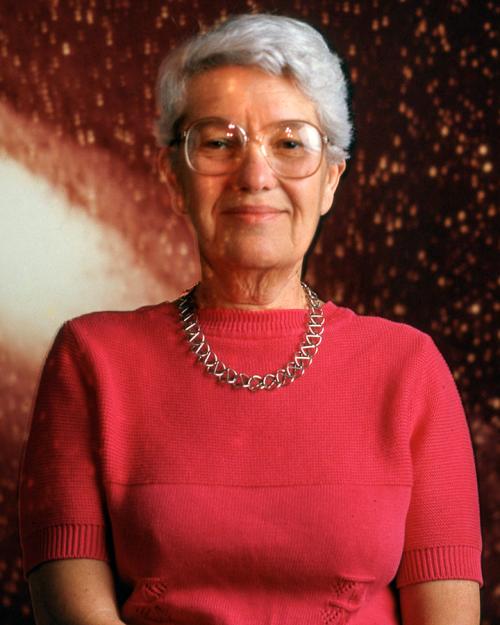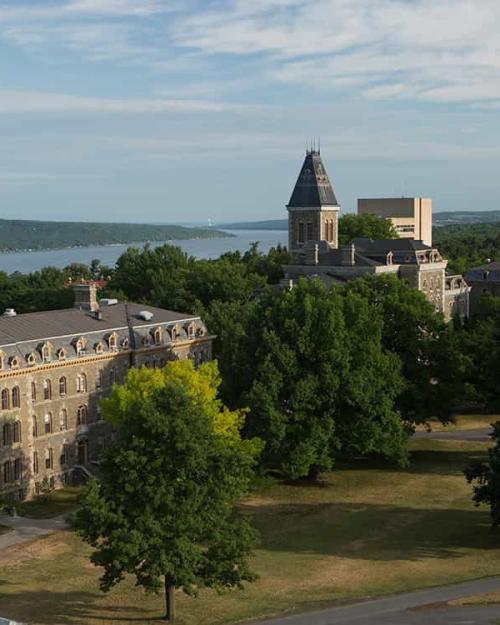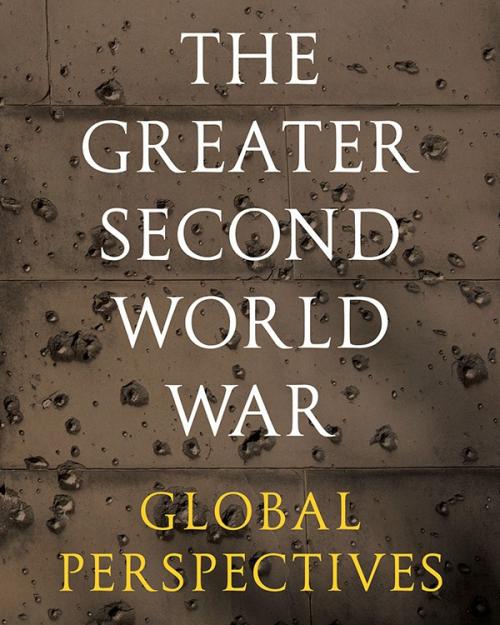Chemical reactions are happening around us all the time – it’s obvious when you think about it, but how many of us do when we start a car, cook an egg, or fertilize the lawn?
Richard Kong, a specialist in chemical catalysis, thinks about chemical reactions all the time. In his work as a “professional mixer,” as he puts it, he’s not just interested in reactions that happen on their own, but in sparking new ones.
As a Klarman Postdoctoral Fellow in chemistry and chemical biology in the College of Arts and Sciences, Kong is working to develop catalysts to guide chemical reactions toward desired outcomes, creating benign or even value-added products, including some that could have a positive effect on the environment.
“Quite a few chemical reactions happen without help,” Kong said, citing the carbon dioxide released when a car burns fossil fuels. “But more challenging and difficult chemical reactions don’t happen automatically. This is where chemical catalysis steps in.”
Kong and his colleagues design catalysts to guide a reaction they want to happen, to make it happen. It’s possible to turn carbon dioxide, for instance, into formic acid, methanol, or formaldehyde by zeroing in on the right catalyst and experimenting with reaction conditions.
Kong’s approach fits right in with the Lancaster Lab’s “discovery-oriented” approach, said Kyle Lancaster, professor of chemistry and chemical biology (A&S) and Kong’s faculty host. “Richard had the idea to advance his chemistry with tin, which was never in my playbook,” Lancaster said. “He’s got catalysts that selectively turn carbon dioxide, which gets a lot of negative press, into more valuable things.”
Kong and collaborators recently found a system that under certain conditions can turn carbon dioxide essentially into formic acid.
“While we are not approaching state-of-the-art reactivity at the moment, our system is highly tunable,” Kong said. “So, we can start building a deeper understanding of why certain catalysts work faster than others, why some catalysts are better, essentially. We can tweak the parameters of catalysts and try and understand what drives these things to become faster, because the faster they work, the better it is – you can make molecules more quickly.”
As a Klarman Fellow, Kong has also worked on taking nitrates, a common class of fertilizer that leaks toxically into waterways, out of the environment and turn them into something more innocuous, he said.
Kong has been experimenting with earth-abundant metals as catalysts, such as aluminum and tin. Such metals are cheap, nontoxic and abundant in the earth’s crust, he said, so using them doesn’t cause sustainability issues.
“We’re also investigating how we can build catalysts where two of these metals end up talking to each other,” Kong said. “With two metals in one scaffold, what sort of reactions and interesting chemistry can we derive from having bi-metallic systems?”
A scaffold is the chemical environment in which these metals are held – they are essential to unlocking the potential of these metals to perform their job, much in the same way that you would need the right set of clothes for the right weather, Kong said.
For the past 70 years, the norm has been to use a single metal center to effect chemical transformations, but in the last decade or so, chemists in the field have begun to explore engaging two metals in concert, either chemically bound or in proximity to the first, Kong said: “It gives you more degrees of freedom.”
These bi-metallic catalysts open possibilities for chemists to pair metal catalysts according to their strengths and weaknesses, Kong said. For instance, a metal center that is bad at binding a substrate but good at breaking the bond could work with another metal center that is bad at breaking the bond, but good at binding the substrate. The presence of a secondary metal can also affect the properties of the first.
"You can start having what we call synergistic effects between two metal centers,” Kong said. “Some really unique and lovely reactivity has started to arise in the field using bi-metallic catalysis.”
Many ambiguities remain in how metals bond to each other in molecular species, said Kong. He is as excited about the beauties of the chemistry itself as he is about outcomes. Kong was drawn to the Lancaster Lab to learn from their expertise in X-ray spectroscopy.
“It’s symbiotic,” Lancaster said. “X-ray spectroscopy helps Richard understand what’s under the hood, and what makes tin, for example, particularly reactive and able to do this chemistry. And we are benefitting from his tremendous knowledge of main group chemistry, which has opened up a new area in the group.”
Kong has been a terrific mentor for the lab’s graduate and undergraduate students, Lancaster said.
It all comes back to fundamental chemistry and exploration, Kong said, an approach the open-ended Klarman Fellowship makes possible.
“In a typical day I might run a reaction in the lab, and I might also sit at my computer and model the molecule,” he said. “We are trying to build as complete an understanding of chemical reactivity as we can."




